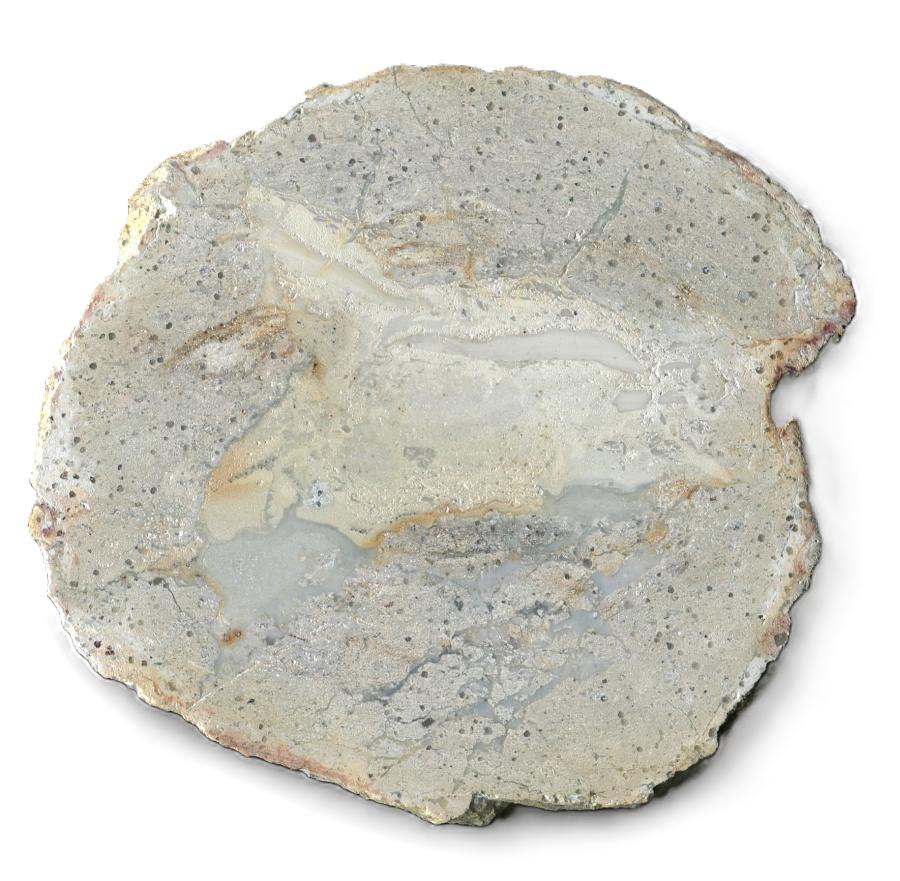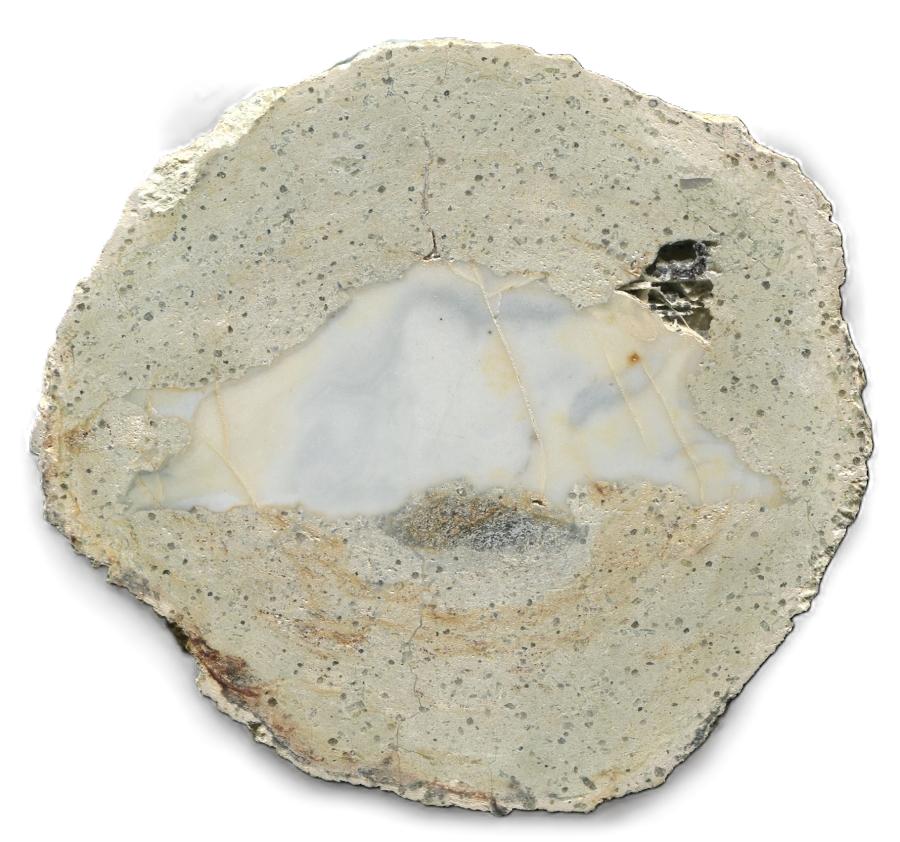Rimrock Lake, tucked into the east side of the Cascades in Yakima County, Washington, is better known as a fishing and camping destination than a rockhounding spot. Still, up in the hills above the reservoir there are deposits of thundereggs—volcanic nodules that draw a handful of collectors each year.

The Setting
The Rimrock area is rugged. Access often means leaving the road and scrambling on steep, dusty ground next to a small river. Rockhounds who make the trip usually pack light but durable tools: a short-handled sledge, a pry bar, and sometimes chisels for working into seams. It isn’t a roadside collecting site where you’ll fill buckets in an afternoon. Obtaining thundereggs here takes effort, patience, and a willingness to haul rocks back through uneven terrain.
What to Expect in the Field
Most Rimrock eggs don’t look like much on the surface. They range from fist-sized to larger nodules and blend in with the surrounding volcanic debris. A lot of the time, the outer shells break open to reveal little or nothing worth keeping. That’s part of the reputation of Rimrock—many rockhounds consider it a “high dud ratio” site.
That said, the occasional good piece makes the digging worthwhile. Some eggs contain small pockets of chalcedony or agate with soft, milky tones. Others may show faint banding or ghostly white cores that look almost opaline. They aren’t known for bold colors or dramatic patterns like you’d see in Oregon localities, but their subdued look has its own appeal. Collectors who know the area sometimes come away with a handful of keepers after a full day’s work. Colors, quartz crystals, and even druzy pockets are possible, just extremely rare.
Comparisons
If you’re used to cutting Lucky Strike or McDermitt thundereggs, Rimrock material might feel underwhelming. Those famous Oregon sites produce strong colors and intricate agate structures, while Rimrock tends toward pale interiors and less definition. But that doesn’t mean they’re without value. The eggs here show the diversity of thundereggs in the Pacific Northwest and highlight how different local geology shapes each deposit.
The Experience
For many, the draw isn’t just the rock—it’s the adventure. Collecting at Rimrock means time at the lake, quiet slopes, and the satisfaction of prying something out of the earth that few others bother to look for. When you finally cut one open and see that subtle pattern inside, it feels like a reward for the work you put in.
Things to Keep in Mind
- Be realistic: Most finds will be ordinary, and some will be empty.
- Be prepared: Good boots, gloves, and tools are essential. The slopes can be rough.
- Leave time: This isn’t a quick stop; plan for a half or full day if you want a chance at a few decent specimens.
- Respect the land: Collect responsibly, pack out your trash, and avoid tearing up more than you need to.
Closing Thoughts
Rimrock Lake thundereggs might not win beauty contests against Oregon giants, but they’re part of Washington’s thunderegg story. They offer a different kind of satisfaction—one built on effort, exploration, and the occasional quiet surprise when a plain-looking rock reveals something hidden inside. For the collector who values the hunt as much as the end result, Rimrock remains worth a visit.

